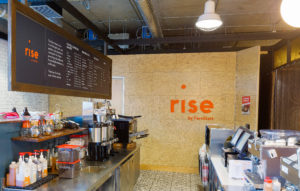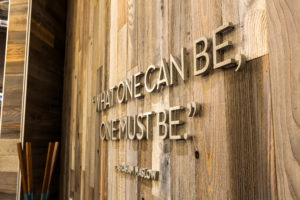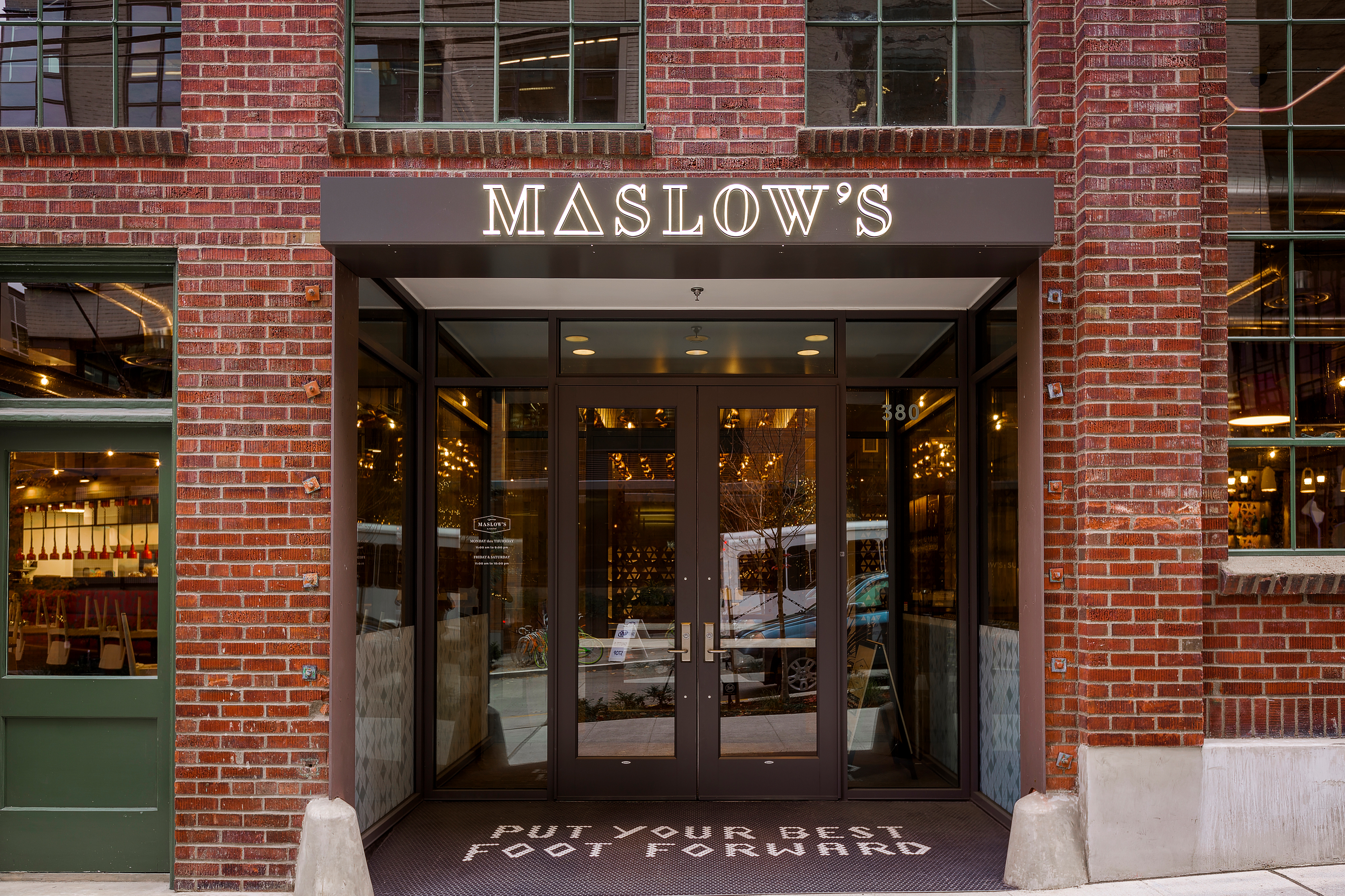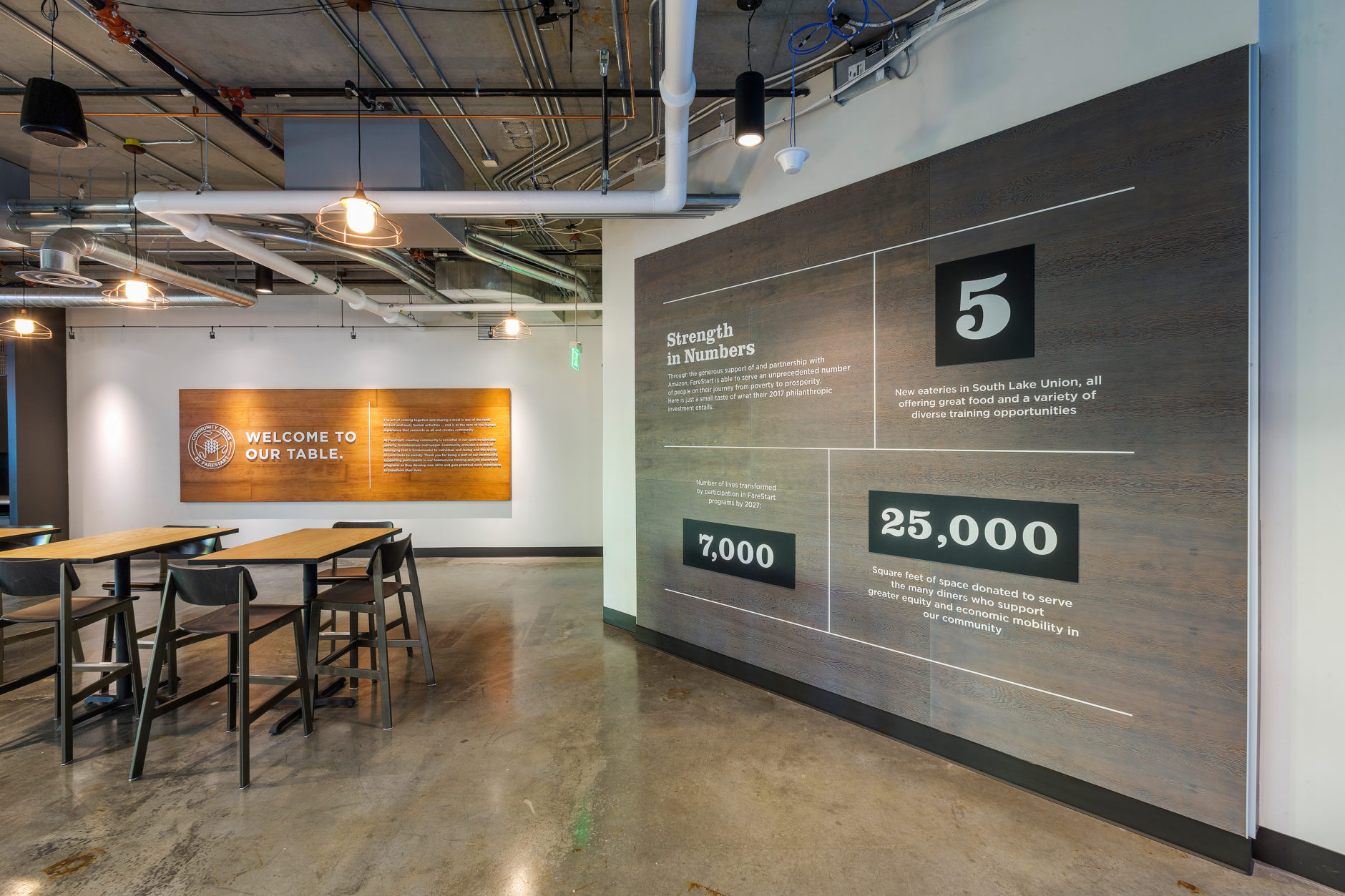If challenges are good, building a commercial kitchen or restaurant can be just the thing. They pack lots of interesting parts into small spaces – kitchen equipment, floor penetrations, unique finishes, artwork, heavy mechanical/electrical needs, and an extra level of occupancy permits. Your client is depending on you to manage these things perfectly.
The definition of success will vary by project. Most clients want value for every dollar, an exact completion date, and perfect execution of their creative vision. But it’s important to dig deeper. Only by truly understanding the owner’s and architect’s priorities can the team focus its analyses and solutions. Maybe it’s certain finishes in visible areas to support the brand. Maybe it’s making food prep as lean as possible. Maybe it’s fitting eight burners instead of six.
Kitchen equipment needs an added level of detailing for construction and functionality. Commonly, the design team develops an equipment list and the contractor confirms that everything basically fits, with water, gas, drainage, and electrical service in the general area. But will it all work out in the field? An added step is to talk directly with the equipment suppliers to understand the exact connection points, dimensions, and venting clearances. That lets you line up the systems and wall openings in advance, and avoid time-consuming field fixes and re-work. You can also confirm details, such as which way the doors swing. All of this should include owner-supplied equipment too – anything that’s important for a smooth opening.

Modeling kitchens in BIM is a big help. Smart BIM means modeling where it’s useful, generally where trades intersect. The interplay of structure, HVAC, plumbing, electrical, and equipment is especially important. BIM’s 3D capability also helps clients think through their own operations, and make choices about layout. It’s better to find win-win solutions and solve conflicts in advance vs. solving issues on the fly and creating more problems along the way. But be smart and don’t over-model – it’s typically not cost-effective to model the front of house finish elements that don’t intertwine with the heavy MEP from back of house. Let the renderings from the architect paint that picture.
Mechanical systems can be intense. You might have exposed ductwork in the dining room that has to look good, or need quieter systems for an open kitchen. An exhaust duct might traverse multiple occupied floors to the roof. Also, client needs can change late in design. If the menu evolves, that can increase venting requirements or add another refrigerator. That’s another benefit of smart BIM. Detail in the model means you can be fast, creative, and precise in working around changes.

A restaurant is someone’s creative expression. This can mean varied and unique finishes and lighting in open kitchens and dining areas. Art is often a key element. A wall isn’t complete just because it fits the specifications; it’s when the client and designers are happy. Managing these elements starts with a system, but it’s really about a mindset. Sometimes the contractor even gets to be part of the creative process, whether mocking up options or a recent example where we used Etsy to help populate a wall with found objects.
Completion gets complicated too. Commissioning and testing is crucial to ensure that everything is calibrated and safe, including critical items like natural gas connections and fire suppression. A detailed plan should be created during design and integrated with the schedule so it can be executed properly, including any updates as design choices change. The local health department will play a crucial food-safety role, and their permit process is important to plan and schedule.
In the end, success is really about the whole experience…much like eating at a restaurant!
Jordan Swanson and a highly effective team recently built a restaurant (Maslow’s), cafe (Rise), and food court (Community Table) for FareStart in Seattle’s South Lake Union, funded by Amazon. FareStart has been helping people transform their lives through food for over 25 years – one person, one job and one community at a time.




